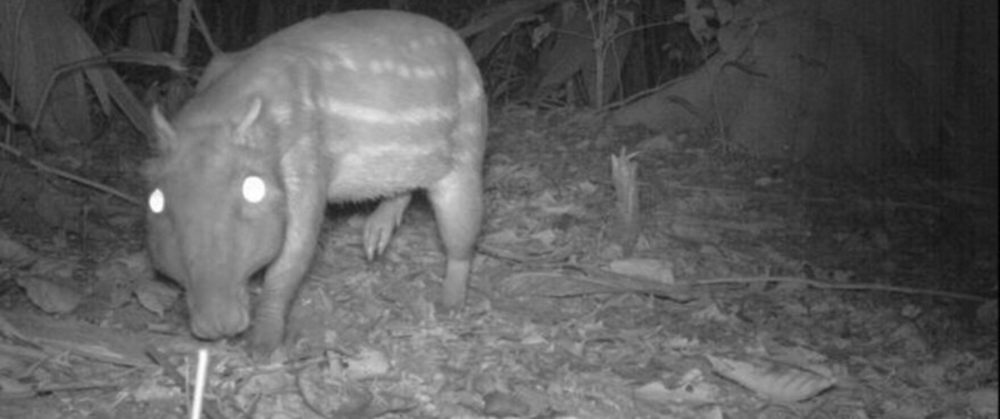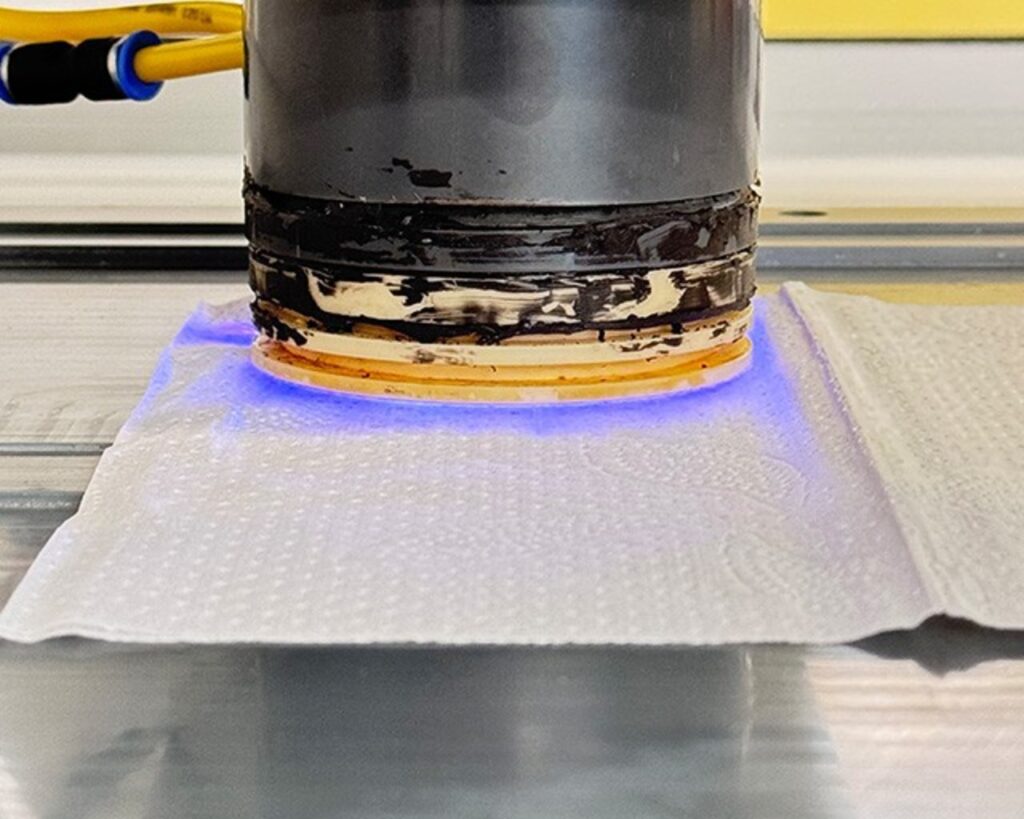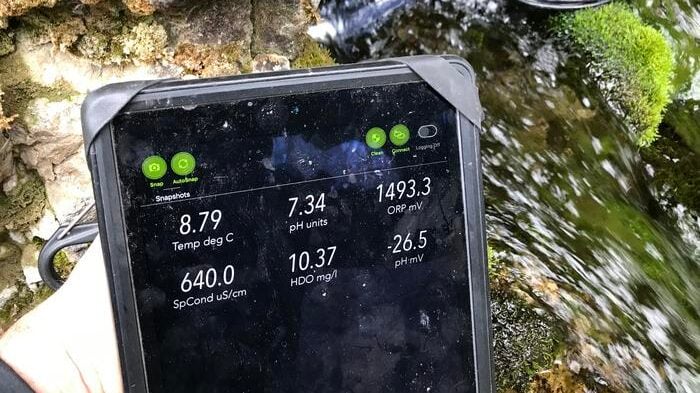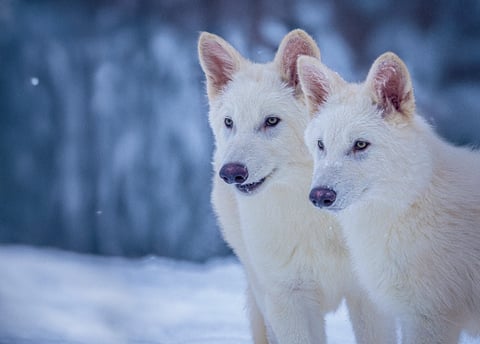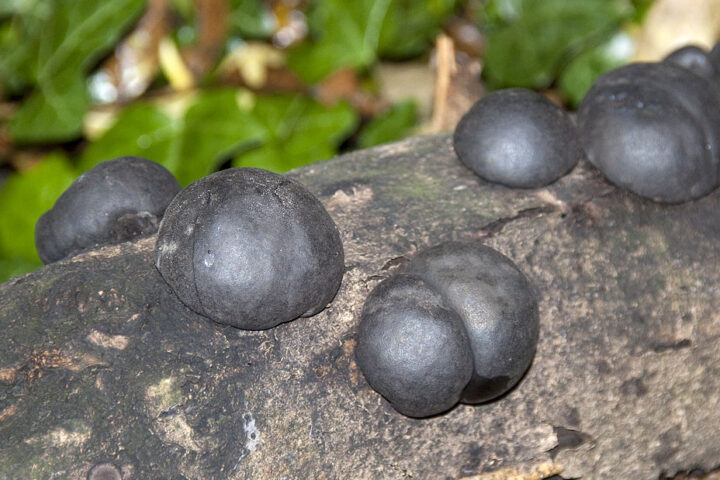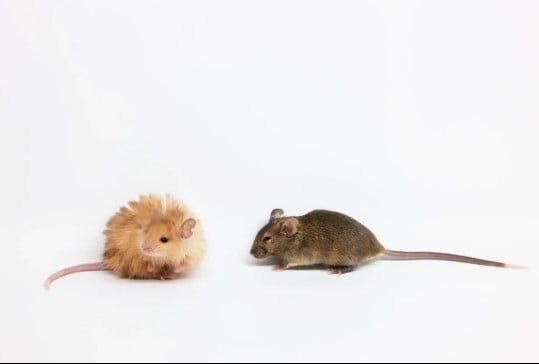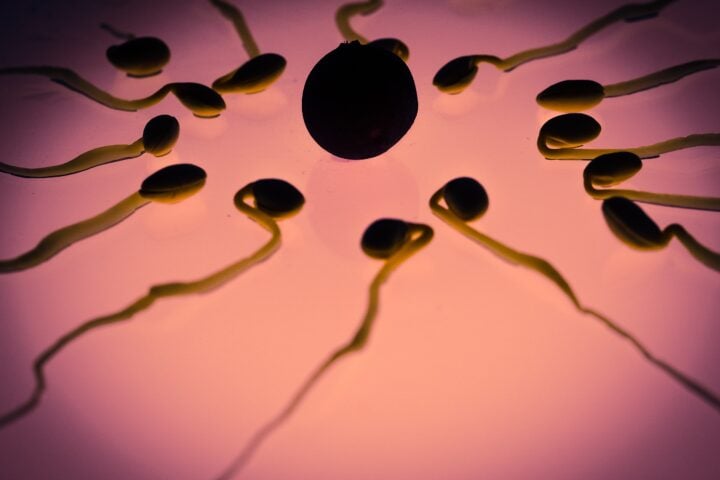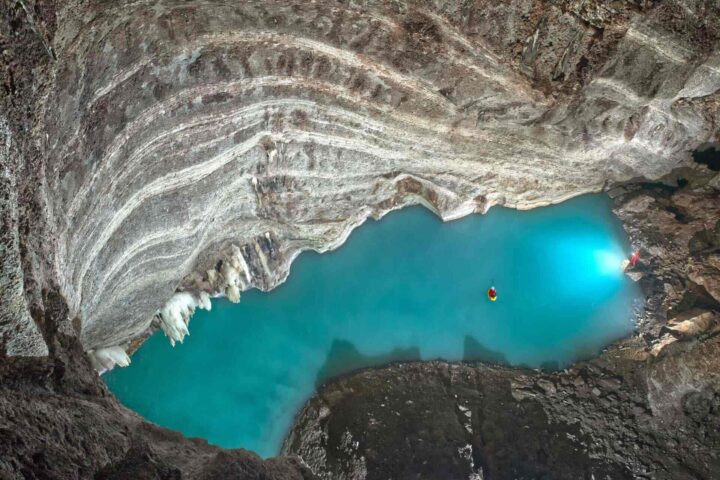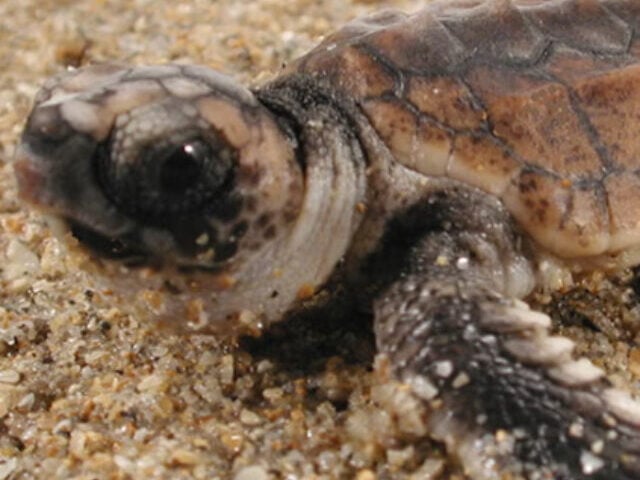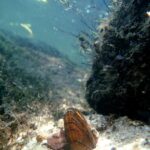A study published in Proceedings of the Royal Society B (October 16, 2024) reveals compelling insights into tropical mammals’ behavior under moonlight.
The study analyses 2.1 million wildlife camera images across three continents, documenting how 50% of tropical forest mammal species modify their behavior during full moons. The extensive research used automatic wildlife cameras to observe and record animal behavior patterns.
The research, spanning 17 protected forests across Indomalaya, the Neotropics, and the Afrotropics, revealed precise behavioral changes among 86 mammal species:
- 12 species exhibited strong moonlight avoidance
- 30% avoided the full moon
- 20% exhibited some kind of attraction
- Nocturnal rodents emerged as primary moonlight avoiders
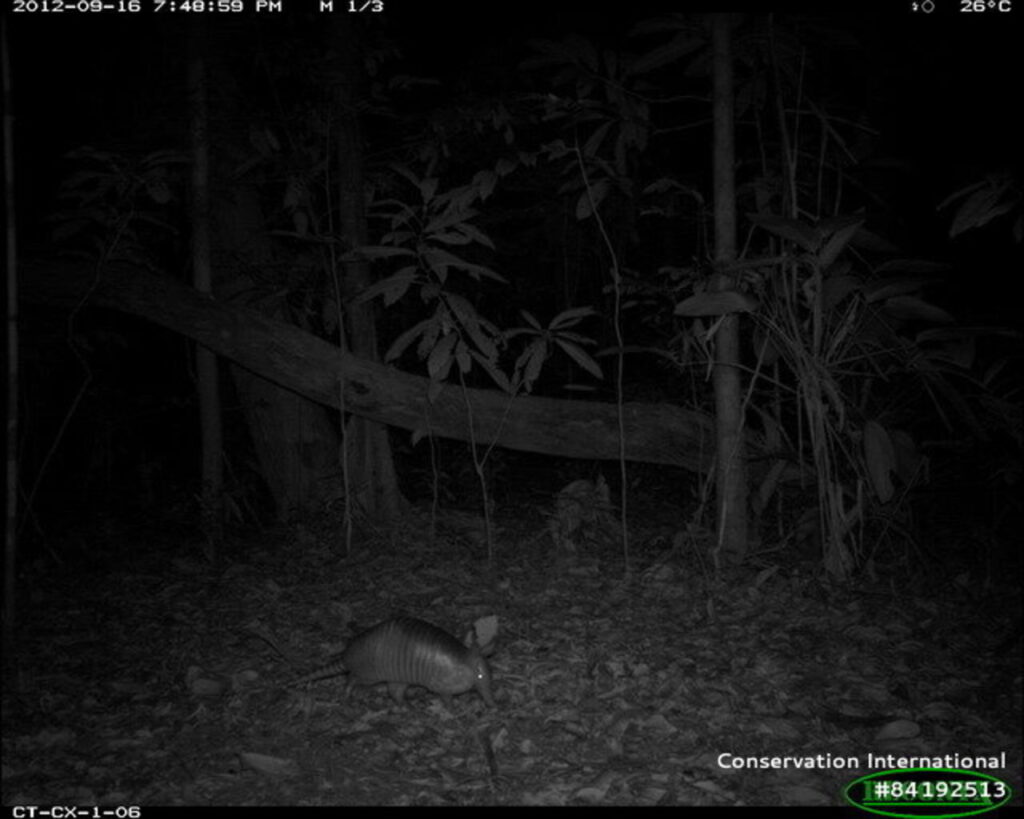
Richard Bischof, professor at the Norwegian University of Life Sciences (NMBU), states: “The key takeaway from our research is that light affects animal behavior. It raises further questions about how changes in illumination affect species activity.”
The findings arrive amid continued tropical forest changes. Douglas Sheil notes, “Our findings highlight the importance of understanding natural light cycles in natural habitats. We speculate that light pollution and forest degradation could have complex and far-reaching effects on mammalian behaviour and ecology.”
More Stories
These responses become problematic as forest degradation continues.
- Canopy loss increases ground illumination
- Natural behavior patterns face disruption
The research raises concerns about artificial illumination’s impact. Bischof warns, “If these results extend to artificial light, loss of dark nights could curtail the amount of time animals invest into foraging and other important activities. There is a risk that we are fundamentally altering both species composition and species interactions in tropical forest communities through light conditions alone.”
The study exposes several pressing issues:
- Habitat fragmentation affects light penetration
- Species interactions face disruption
- Foraging patterns change under increased illumination
This research indicates the need for understanding artificial light’s impact on nocturnal wildlife, forest canopy preservation, and species-specific conservation strategies.
